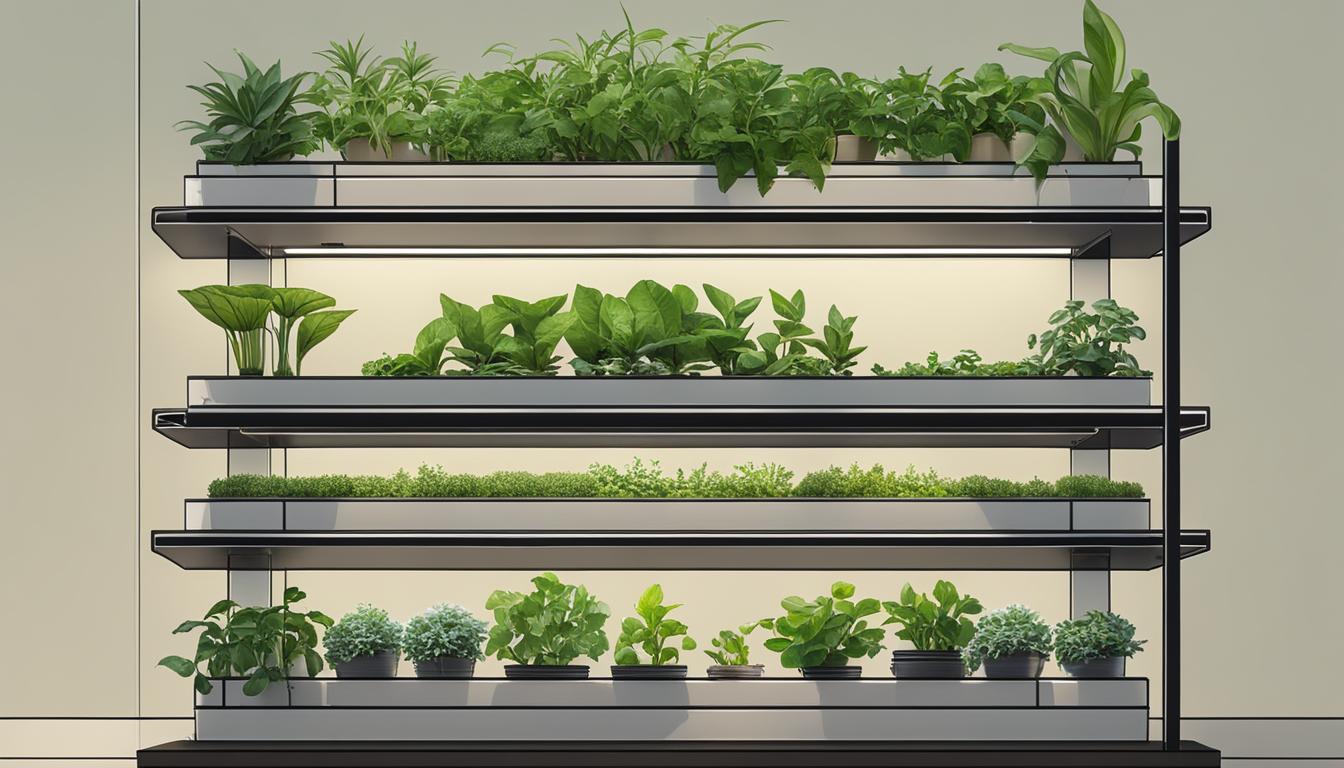
Welcome to my guide on how to set up an indoor plant growing station! Whether you’re a seasoned gardener or a beginner looking to cultivate your own plants, an indoor growing station can provide the perfect environment for successful plant cultivation.
In this article, I will walk you through the process of setting up your own indoor plant growing station, from gathering the necessary materials to planting and caring for your indoor garden.
Key Takeaways:
- Gather materials such as a shelving unit, grow lights, seeds, potting soil, a fan, and seedling starter trays.
- Select a sturdy shelving unit that allows for the attachment of grow lights.
- Choose the appropriate type of grow lights, such as fluorescent lights, compact fluorescent lights, or LED lights.
- Plant your indoor garden using seed trays or peat pots filled with starter mix.
- Follow indoor gardening tips, including transplanting seedlings, maintaining soil moisture, misting plants, circulating air, and fertilizing seedlings.
Gather Materials
When setting up an indoor plant growing station, it is essential to gather all the necessary materials. These include a sturdy shelving unit, grow lights, seeds, potting soil, a fan, and seedling starter trays. Each of these materials plays a crucial role in creating a successful indoor gardening environment.
Start by selecting a sturdy shelving unit that can support the weight of your plants and equipment. Look for a unit with adjustable shelves, as this will allow you to customize the spacing according to the height of your plants.
Also, choose a shelving unit that is easy to assemble and disassemble, as this will make it convenient for rearranging or moving your indoor garden.
Next, choose the appropriate type of grow lights for your indoor plant growing station. There are several options available, including fluorescent lights, compact fluorescent lights (CFLs), and LEDs.
Each type of light has its advantages and is suitable for different stages of plant growth. Consider the specific needs of your plants and select the appropriate grow lights accordingly.
| Materials for Indoor Plant Growing Station |
|---|
| Sturdy Shelving Unit |
| Grow Lights |
| Seeds |
| Potting Soil |
| Fan |
| Seedling Starter Trays |
Choose a Sturdy Shelving Unit
A sturdy shelving unit is the foundation of any indoor plant growing station. It provides stability and support for your plants and equipment. When selecting a shelving unit, consider its weight capacity and construction materials. Look for a unit made of durable materials such as metal or heavy-duty plastic.
Additionally, opt for a shelving unit with adjustable shelves. This will allow you to customize the spacing between shelves to accommodate plants of different heights. The ability to adjust the shelves also makes it easier to maintain an optimal distance between the grow lights and your plants.
Select the Appropriate Grow Lights
The right grow lights are crucial for providing your indoor plants with the necessary light energy for photosynthesis. There are several types of grow lights available, each with its own advantages and characteristics. The choice of grow lights depends on factors such as the type of plants you are growing and their specific light requirements.
Fluorescent lights are a popular choice for indoor gardening due to their affordability and efficiency. They are suitable for a wide range of plants, including herbs, leafy greens, and flowering plants.
Compact fluorescent lights (CFLs) are energy-efficient and emit less heat, making them ideal for smaller spaces or when you need to keep the lights closer to the plants.
LED lights are also a popular choice as they are long-lasting, energy-efficient, and can be tailored to emit specific light wavelengths for different stages of plant growth.
In conclusion, gathering the right materials is the first step in setting up a successful indoor plant growing station. A sturdy shelving unit, appropriate grow lights, quality seeds, potting soil, a fan for air circulation, and seedling starter trays are essential components for creating an optimal indoor gardening environment.
Choose Shelving Unit
When setting up an indoor plant growing station, the selection of a suitable shelving unit is crucial. A sturdy shelving unit provides stability and support for your plants, ensuring their proper growth and development.
One option to consider is a wire shelving unit, which offers the advantage of being able to attach grow lights directly to the wire frame. This allows for optimal positioning of the lights, ensuring that your plants receive the right amount of light for their needs.
Another important factor to consider is the flexibility of the shelving unit. Choosing a shelving unit with movable shelves allows you to easily adjust the height and position of your plant trays as your plants grow.
This flexibility is especially beneficial when transplanting seedlings or when using different sizes of plant containers. It provides you with the ability to create an optimal environment for your plants throughout their growth cycle.
When assembling the shelving unit, it is essential to follow the manufacturer’s instructions for proper construction.
This will ensure that the unit is sturdy and can withstand the weight of your plants and grow lights. Additionally, it is recommended to place the shelving unit on a rubber mat or shallow plastic tray to protect your floors from any soil or water leakage.
Table: Comparison of Shelving Units for Indoor Plant Growing Stations
| Shelving Unit | Features | Benefits |
|---|---|---|
| Wire Shelving Unit | Allows attachment of grow lights to wire frame | Optimal light positioning for plants |
| Shelving Unit with Movable Shelves | Flexibility to adjust height and position of plant trays | Customizable environment for plant growth |
| Sturdy Construction | Follow manufacturer’s instructions for stability | Supports the weight of plants and grow lights |
| Protective Mat or Tray | Place beneath shelving unit | Prevents soil and water leakage onto floors |
By carefully choosing a suitable shelving unit for your indoor plant growing station, you can create an ideal environment for your plants to thrive.
Whether it’s a wire shelving unit for easy attachment of grow lights or a shelving unit with movable shelves for maximum flexibility, selecting the right shelving unit is essential for successful indoor gardening.
Selecting the Right Grow Lights for Your Indoor Plant Growing Station
When setting up an indoor plant growing station, choosing the right grow lights is crucial for the successful growth of your plants. There are several types of grow lights available, including fluorescent lights, compact fluorescent lights (CFLs), and LEDs. Each type has its own advantages and is suitable for different plant needs.
Fluorescent lights are energy-efficient and provide a good source of light for low to medium light plants such as herbs, greens, and houseplants. They are an ideal choice for starting seeds and growing smaller plants.
Compact fluorescent lights (CFLs) are smaller and emit less heat compared to fluorescent lights, making them suitable for use in confined spaces. They are suitable for placing closer to seedlings and young plants.
LED lights are becoming increasingly popular for indoor gardening. They are compact, energy-efficient, and can be set to emit only the colors of light that plants absorb most effectively.
LED lights are highly customizable and can be adjusted based on the specific lighting requirements of different plant species. They are suitable for all stages of plant growth, from seedlings to flowering and fruiting plants.
| Type of Grow Lights | Advantages | Suitable for |
|---|---|---|
| Fluorescent Lights | Energy-efficient, good for low to medium light plants | Herbs, greens, houseplants |
| Compact Fluorescent Lights (CFLs) | Small, emit less heat | Seedlings, young plants |
| LED Lights | Compact, energy-efficient, customizable | All plant stages, high light requirements |
When selecting grow lights, consider the specific lighting needs of the plants you will be growing. The type of plants, their growth stage, and the amount of light they require should all be taken into account.
It’s also important to position the lights at the optimal distance from the plants to ensure they receive the right amount of light without causing heat damage. The efficiency and energy consumption of the grow lights should also be considered to minimize energy costs and environmental impact.
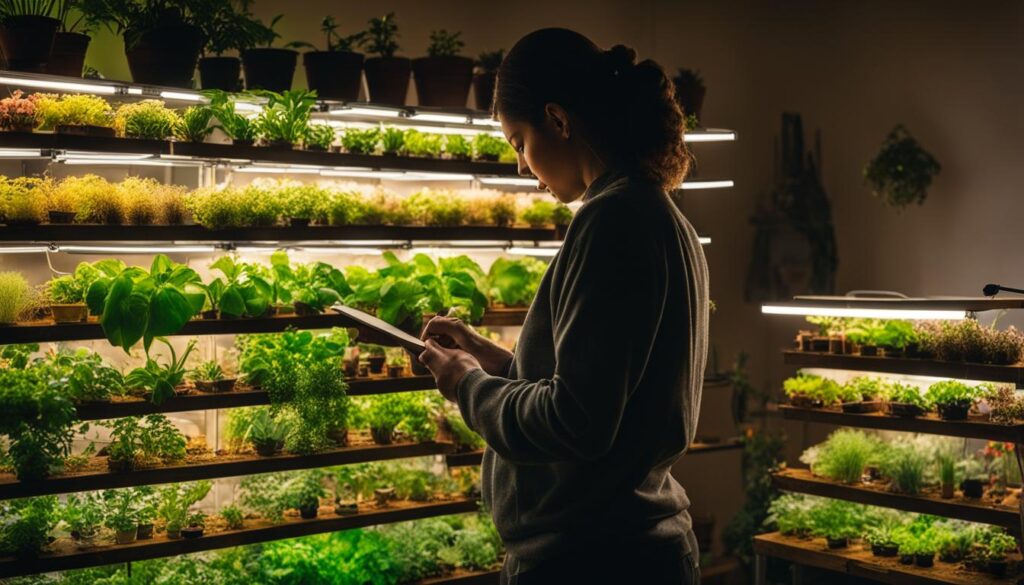
By choosing the right grow lights for your indoor plant growing station, you can create an ideal growing environment for your plants and maximize their growth potential.
Whether you opt for fluorescent lights, compact fluorescent lights, or LEDs, ensure that they meet the specific lighting requirements of your plants. With the right lighting setup, you can enjoy the benefits of successful indoor gardening and watch your plants thrive.
Add Grow Lights to Shelving
Now that you have gathered all the necessary materials, it’s time to add the grow lights to your shelving unit. This step is crucial for providing the right amount and quality of light to your indoor plants. To ensure proper installation of the grow lights, follow these steps:
- Hang the grow lights: Most grow lights come with wire for hanging. Attach the wire to an S-hook and hang it from the shelving unit above the plants. Make sure the lights are evenly distributed and cover all the plants.
- Adjust the distance: The distance between the grow lights and the plants is essential for optimal growth. Typically, the lights should be positioned 4 to 6 inches above the plants for seedlings and 12 to 18 inches for mature plants. However, each plant has specific light requirements, so refer to the seed package or plant care guidelines for precise distance recommendations.
- Secure the lights: If your shelving unit has movable shelves, use zip ties to secure the grow lights to the shelves. This way, you can easily adjust their position as your plants grow.
- Use a power strip with a timer: To save energy and maintain a consistent light schedule, plug the grow lights into a power strip with a timer. Set the timer to keep the lights on for 12 to 16 hours a day, replicating the natural daylight cycle.
Remember to regularly check the positioning of the lights as your plants grow taller. Adjust the distance accordingly to prevent any burning or stretching of the plants. By adding the grow lights correctly, you provide your indoor plants with the essential light they need for photosynthesis and healthy growth.
Benefits of Proper Lighting
Proper lighting plays a vital role in the success of your indoor garden. Here are some benefits of ensuring your plants receive adequate light:
- Promotes photosynthesis: Light is essential for the process of photosynthesis, where plants convert light energy into chemical energy. Sufficient light ensures healthy plant growth and the development of vibrant leaves.
- Prevents leggy growth: Insufficient light can cause plants to grow tall and spindly, known as leggy growth. By providing the right amount of light, you encourage compact and sturdy plant growth.
- Improves flowering and fruiting: Proper lighting stimulates flowering and fruiting in plants. If you’re growing flowering plants or fruiting vegetables, ensuring they receive enough light will enhance their productivity.
- Enhances color and foliage: Adequate light promotes the production of pigments in plants, resulting in vibrant foliage and colorful flowers.
By following these steps and understanding the importance of proper lighting, you can create an optimal environment for your indoor plants to thrive.
Select Seeds
When setting up an indoor plant growing station, one of the essential steps is selecting the right seeds for indoor gardening. Choosing suitable seeds is crucial to ensure successful plant cultivation and maximize the benefits of your indoor grow light system. Opting for seeds that thrive in low to moderate light conditions is key to achieving optimal results.
There are various seeds that are well-suited for indoor gardening and can flourish under grow lights. Some excellent choices include basil, kale, lettuce, mint, parsley, and spinach. These herbs and vegetables are known for their adaptability to indoor environments and their ability to thrive with moderate lighting.
By starting with these varieties, especially if you are new to using an indoor grow light system, you can increase your chances of success and enjoy a bountiful indoor garden. These seeds offer a great balance of ease of cultivation and delicious flavors, making them perfect for both novice and experienced indoor gardeners.
With the right seeds, you can embark on your indoor gardening journey and create a thriving oasis of greenery in your home. Remember to follow the instructions on the seed package for proper planting and care, and adjust the lighting and watering according to the needs of your plants.
Your indoor plant growing station, combined with carefully selected seeds, will provide a rewarding and fulfilling gardening experience.
Table 1: Suitable Seeds for Indoor Plant Growing Station
| Plant | Light Requirements |
|---|---|
| Basil | Low to moderate light |
| Kale | Low to moderate light |
| Lettuce | Low to moderate light |
| Mint | Moderate light |
| Parsley | Moderate light |
| Spinach | Moderate light |
Plant Indoor Garden
Once you have gathered all the necessary materials and selected your seeds, it’s time to plant your indoor garden. Start by preparing your seed trays or peat pots and fill them with a suitable starter mix. Fill each section or tray about two-thirds full of the mix, ensuring there is enough space for the seeds to germinate and develop.
Carefully follow the instructions on the seed package for planting depth and spacing. Make sure to label each tray or pot with the name of the plants you are growing to avoid confusion later on. Once your seeds are planted, lightly water the soil to provide moisture for germination, being careful not to overwater.
Place your trays or pots in a location that receives adequate light and maintain the recommended temperature for your specific seeds.
Monitor the moisture levels of the soil regularly, ensuring it remains damp but not overly saturated. As your seeds germinate and seedlings begin to emerge, adjust the lighting and watering as needed to support their growth.
Table: Indoor Garden Planting Guide
| Plant Type | Recommended Planting Depth | Spacing |
|---|---|---|
| Basil | 1/4 inch | 6-8 inches |
| Kale | 1/2 inch | 12-18 inches |
| Lettuce | 1/8 inch | 6-10 inches |
| Mint | 1/4 inch | 8-12 inches |
| Parsley | 1/4 inch | 8-10 inches |
| Spinach | 1/2 inch | 6-8 inches |
Refer to the table above for recommended planting depths and spacing for popular indoor garden plants. Remember to adjust these recommendations based on the specific requirements of the seeds you are planting.
With proper care and attention, your indoor garden will begin to flourish, providing you with a fresh and convenient source of herbs and vegetables.
Indoor Gardening Tips
When it comes to indoor gardening, there are several tips and techniques that can help ensure successful plant growth and development.
These tips cover important aspects such as transplanting seedlings, maintaining soil moisture, misting plants, circulating air, and fertilizing seedlings. By following these guidelines, you can create a healthy and thriving indoor garden.
Transplanting Seedlings
Transplanting seedlings is a crucial step in the indoor gardening process. As your seedlings mature, they will outgrow their initial containers and need to be transferred to larger pots or planters.
When transplanting, gently remove the seedling from its original container, being careful not to damage the delicate roots. Place the seedling in its new container, ensuring that the soil level remains the same as it was before. Water the transplanted seedling thoroughly and provide adequate light for its continued growth.
Maintaining Soil Moisture
Proper soil moisture is essential for the health and growth of indoor plants. It’s important to keep the soil damp, but be cautious not to overwater. Overwatering can lead to root rot and other moisture-related issues.
Regularly check the moisture level of the soil by inserting your finger about an inch deep into the soil. If it feels dry, it’s time to water. Use a watering can with a narrow spout to direct the water at the base of the plants, avoiding the leaves and stems.
Misting Plants and Circulating Air
Indoor plants can benefit from regular misting to maintain humidity levels. This is especially important during dry winter months when indoor air tends to be drier. Use a spray bottle filled with water to mist the foliage of your plants, being careful not to saturate them.
Also, circulating air is important for preventing the growth of fungi and deterring pests. Place a small electric fan near your indoor garden, set on low, to gently circulate the air around the plants.
Fertilizing Seedlings
Fertilizing seedlings is crucial to provide them with the necessary nutrients for healthy growth. When selecting a fertilizer, opt for a natural or organic option specifically formulated for seedlings.
Follow the recommendations on the fertilizer package for the appropriate dosage and frequency of application. Take care not to over-fertilize, as this can harm the delicate seedlings. Monitor the growth and overall health of your seedlings to determine if adjustments to the fertilizer regimen are needed.
| Tips for Indoor Gardening |
|---|
| Transplant seedlings into larger containers as they grow |
| Maintain soil moisture, avoiding overwatering |
| Mist plants regularly to maintain humidity |
| Use a small electric fan to circulate air around the plants |
| Fertilize seedlings with a natural or organic fertilizer |
Why Build Your Own Indoor Grow Light System?
Building your own indoor grow light system offers several benefits. Firstly, it allows you to improve herb growing indoors, especially during darker winter days.
With a DIY system, you have the power to provide the optimal lighting conditions for your plants, ensuring they receive the right amount and quality of light for healthy growth. This is particularly important for herbs, which often require high-intensity light to thrive.
Another advantage of building your own indoor grow light system is the ability to start seeds successfully. Starting seeds indoors gives you a head start on the growing season and allows you to cultivate a greater variety of plants.
With a DIY system, you can create the ideal environment for seed starting, ensuring that your seedlings grow strong and bushy. This level of control over the growing conditions can greatly increase your chances of success.
By building your own indoor grow light system, you also have the freedom to customize the setup to suit your specific needs and preferences. You can choose the type of lights, the layout of the shelving unit, and even incorporate additional features such as a timer or ventilation system.
This level of customization ensures that your indoor garden is tailored to provide the perfect growing conditions for your plants.
| BENEFITS OF BUILDING YOUR OWN INDOOR GROW LIGHT SYSTEM |
|---|
| Improved herb growing indoors |
| Successful seed starting |
| Customizable to suit your needs and preferences |
Overall, building your own indoor grow light system allows you to take control of the lighting conditions and create an optimal environment for your plants.
Whether you want to grow herbs, start seeds, or simply have more control over your indoor garden, a DIY system provides the flexibility and customization options needed to achieve your gardening goals.
Requirements of an Indoor Seed Starting Station
When setting up an indoor seed starting station, there are several key requirements to consider. These include proper lighting, temperature control, and adequate moisture and air flow. Meeting these requirements is essential for successful seed germination and healthy plant growth.
Lighting Requirements:
Lighting is crucial for seed starting as it provides energy for photosynthesis and promotes vigorous growth. To meet the lighting requirements, it is recommended to use grow lights with a high lumen output and a color temperature in the blue range (5,000-7,000K).
These lights mimic natural sunlight and are ideal for stimulating seed germination and early plant development. Position the lights at an appropriate distance from the seedlings to ensure optimal light absorption without causing heat stress.
Temperature Requirements:
Maintaining the right temperature is vital for seed germination and seedling growth. Most seeds require a consistent temperature range of 70-78°F during the day and slightly cooler temperatures of 60-65°F at night.
Provide a warm environment by using a heat mat or placing the seed starting station in a room with a stable temperature. Use a thermometer to monitor the temperature and make necessary adjustments to ensure the ideal conditions for successful seedling development.
Moisture and Air Flow Requirements:
Adequate moisture levels and air circulation are essential for seed germination and preventing fungal diseases. Use a well-draining seed starting mix and water the seeds gently to ensure even moisture without waterlogging.
Maintain consistent humidity levels by covering the seed trays with a transparent lid or plastic wrap until the seeds germinate. Once the seedlings emerge, provide good air circulation by using a small fan on low speed. This helps strengthen the plants and reduces the risk of damping-off disease.
| Requirements | Tips |
|---|---|
| Lighting | – Use grow lights with a high lumen output and a color temperature of 5,000-7,000K. – Position the lights at the appropriate distance from the seedlings. – Adjust the light duration based on the specific needs of the plant. |
| Temperature | – Maintain a consistent temperature range of 70-78°F during the day and 60-65°F at night. – Use a heat mat or place the seed starting station in a warm room. – Regularly monitor the temperature to ensure optimal conditions. |
| Moisture and Air Flow | – Use a well-draining seed starting mix to prevent waterlogging. – Water the seeds gently to maintain even moisture levels. – Cover the seed trays with a transparent lid or plastic wrap until germination. – Provide good air circulation with a small fan on low speed. |
Parts and Materials Needed for an Indoor Growing Station
When building your own indoor growing station, there are several essential parts and materials that you will need to ensure optimal plant growth and success. The following list outlines the key items:
1. Shelving Unit:
Choose a sturdy shelving unit, such as a metal wire rack, that offers adjustable shelves for flexibility. This will allow you to accommodate different plant heights and optimize space utilization.
2. LED Lights:
Invest in LED lights specifically designed for plant growth. LED lights are energy-efficient and provide the right light spectrum for photosynthesis. Opt for lights with adjustable intensity and color temperature settings to cater to different plant requirements.
3. Ventilator:
Adequate air circulation is crucial for healthy plant development and to prevent the growth of mold and pests. Install a ventilator to ensure a constant flow of fresh air within the growing station.
4. Zip Ties:
Use zip ties to secure equipment, such as grow lights and ventilation systems, to the shelving unit. This will help keep everything in place and prevent any accidental damage or movement during the growing process.
5. Plant Trays:
Invest in plant trays or seedling starter trays to hold and support your seedlings. These trays provide a convenient and organized way to manage multiple plants and ensure proper drainage for healthy root growth.
6. Digital Timers:
Control the lighting schedule for your indoor growing station using digital timers. This will allow you to automate the lighting cycles and ensure consistent and optimized light exposure for your plants.
By gathering these essential parts and materials, you can create a functional and efficient indoor growing station to nurture your plants and enjoy a successful gardening experience.
FAQ
How do I set up an indoor plant growing station?
To set up an indoor plant growing station, gather materials including a shelving unit, growing lights, seeds, potting soil, a fan, and seedling starter trays. Choose a sturdy shelving unit that allows for the attachment of grow lights. Select the appropriate type of grow lights such as fluorescent lights, compact fluorescent lights, or LED lights. Attach the grow lights to the shelving unit and ensure they are positioned at the optimal distance from the plants. Choose seeds that are suitable for indoor gardening, such as basil, kale, lettuce, mint, parsley, and spinach. Plant the indoor garden using seed trays or peat pots filled with starter mix. Follow indoor gardening tips, including transplanting seedlings when they mature, keeping the soil damp but not overwatered, misting plants to maintain humidity, circulating air with a fan to prevent pests, and fertilizing seedlings with a natural fertilizer.
What materials do I need for an indoor plant growing station?
To set up an indoor plant growing station, you will need a sturdy shelving unit, growing lights, seeds, potting soil, a fan, and seedling starter trays. The shelving unit should be chosen based on your specific needs and preferences, preferably one that allows for the attachment of grow lights. Select the appropriate type of grow lights, such as fluorescent lights, compact fluorescent lights, or LED lights, depending on the plants you will be growing. Gather seeds that are suitable for indoor gardening, such as basil, kale, lettuce, mint, parsley, and spinach. Use potting soil to provide nutrients to the plants, and seedling starter trays for planting the seeds.
How do I choose a shelving unit for an indoor plant growing station?
When choosing a shelving unit for an indoor plant growing station, it is important to prioritize sturdiness and flexibility. Opt for a shelving unit that is easy to assemble and has movable shelves, allowing you to adjust the height and position of the plant trays as needed. Consider using a wire shelving unit, as it allows for the attachment of grow lights to the wire frame. Alternatively, choose a shelving unit with adjustable shelves that can accommodate different plant heights. Make sure the shelving unit is compatible with the weight and size of the plants you plan to grow.
What types of grow lights should I select for an indoor plant growing station?
When selecting grow lights for an indoor plant growing station, you have several options to choose from. Some common types of grow lights include fluorescent lights, compact fluorescent lights (CFLs), and LED lights. Fluorescent lights are energy-efficient and are suitable for low to medium light needs, such as starting seeds and growing greens and herbs. CFLs are compact and emit less heat, making them suitable for placing closer to seedlings. LEDs are compact, efficient, and can be set to emit only the colors plants absorb, making them ideal for specific growth stages. Consider the light requirements of the plants you will be growing and choose the appropriate type of grow lights accordingly.
How do I add grow lights to the shelving unit for my indoor plant growing station?
To add grow lights to the shelving unit for your indoor plant growing station, start by ensuring that the lights are compatible with the shelving unit and are approximately the same width. Most grow lights come with wire for hanging. Attach the wire to an S-hook and hang it from the shelving unit above the plants. Alternatively, if the shelving unit has movable shelves, you can attach the lights with zip ties to the shelves to easily adjust their position. Position the grow lights at the optimal distance from the plants, depending on their growth stage. To save energy and maintain a consistent light schedule, plug the grow lights into a power strip with a timer and set the timer to keep the lights on for 12 to 16 hours a day.
What seeds should I choose for indoor gardening in my plant growing station?
When selecting seeds for indoor gardening in your plant growing station, it is important to choose varieties that are suitable for indoor conditions. Some good choices include basil, kale, lettuce, mint, parsley, and spinach. These plants have relatively low to moderate light requirements and can thrive indoors. Start with these varieties if you are new to using an indoor grow light system. It is also recommended to choose seeds from reputable sources to ensure their quality and viability.
How do I plant an indoor garden in my plant growing station?
To plant an indoor garden in your plant growing station, use seed trays or peat pots filled with a starter mix. Fill the trays or pots about two-thirds full with the mix. Plant the seeds or seedlings according to the package instructions, making sure to provide adequate spacing between them. Keep the soil moist but avoid overwatering, as it can lead to root rot. Monitor the seeds and seedlings closely and adjust the lighting and watering as needed based on their growth. Transplant the seedlings into suitable containers once they have matured.
What are some tips for successful indoor gardening in a plant growing station?
To ensure successful indoor gardening in your plant growing station, follow these tips. When the seedlings have matured, transplant them into containers suitable for mature plants. Keep the soil damp but avoid overwatering to prevent root rot. Misting the plants from time to time, especially during dry winter months, helps maintain humidity. Circulate air around the plants using a small electric fan on low to prevent the growth of fungi and deter pests. Fertilize the seedlings following the recommendations on the seed package using a natural fertilizer. Regularly monitor the plants for any signs of pests or diseases and take appropriate actions to address them.
What are the benefits of building my own indoor grow light system?
Building your own indoor grow light system offers several benefits. Firstly, it allows you to improve herb growing indoors, especially during darker winter days when natural light is limited. Additionally, it provides a proper setup for seed starting, ensuring healthier and bushier seedlings. By building your own system, you have full control over the lighting conditions for your indoor herb plants, allowing you to customize the spectrum and intensity of light according to their needs. It is a cost-effective solution that can be tailored to your specific requirements and preferences.
What are the requirements for an indoor seed starting station?
An indoor seed starting station requires proper lighting, temperature control, and adequate moisture and air flow. The lighting should provide high intensity to prevent leggy and weak plant growth. It is recommended to use grow lights with a high lumen output and a color temperature in the blue range (5,000-7,000K) for seed starting. The temperature should be maintained at around 70-78°F during the day and 60-65°F at night for optimal growth. Adequate moisture levels and air circulation are essential to prevent mold and promote healthy growth. Regularly monitor and adjust these factors to create an optimal environment for seed germination and growth.
What parts and materials do I need for an indoor growing station?
To build an indoor growing station, you will need certain parts and materials. These include a shelving unit (such as a metal wire rack), LED lights, a ventilator for air circulation, zip ties for securing equipment, plant trays for seedlings, and digital timers for controlling the lighting schedule. It is important to choose a sturdy and versatile shelving unit that can accommodate your plant growing needs. LED lights provide efficient and customizable lighting for plant growth. A ventilator ensures good air circulation to prevent mold and maintain healthy growth. Zip ties can be used to secure equipment to the shelving unit, and plant trays provide the necessary space for seedlings. Digital timers help automate the lighting schedule for optimal growth and energy efficiency.

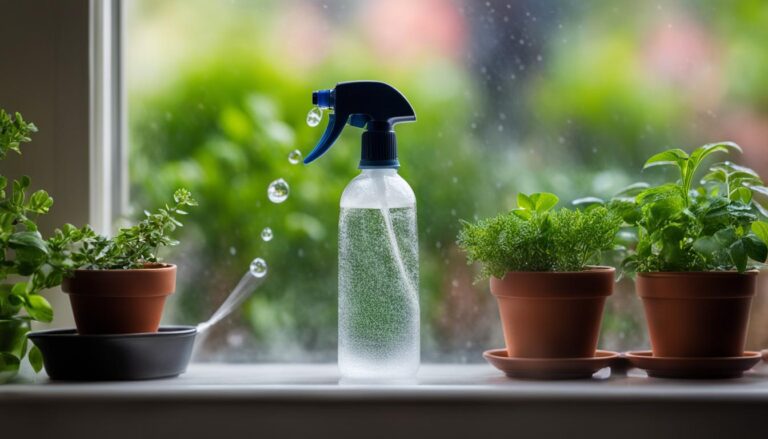
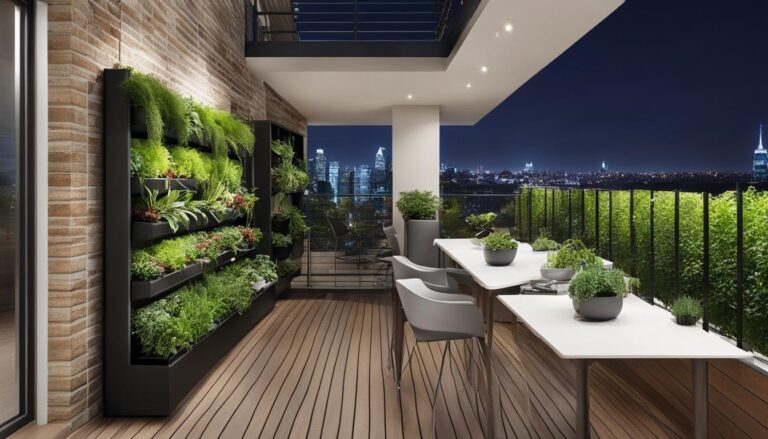
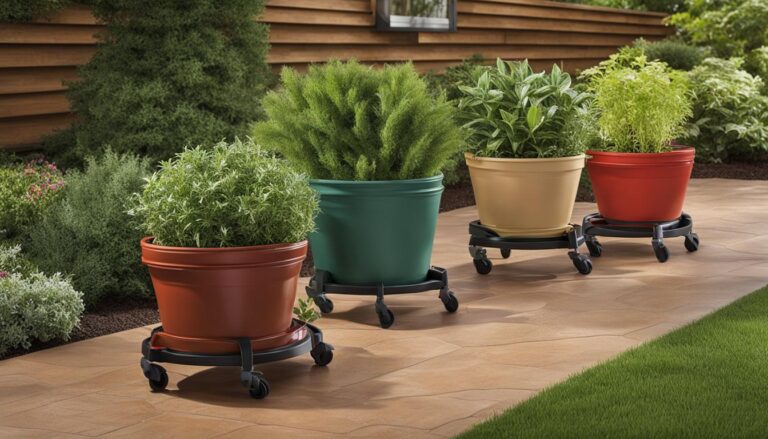
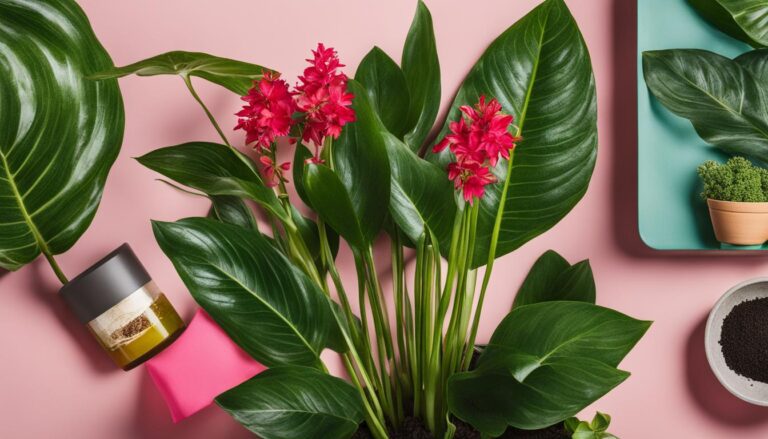
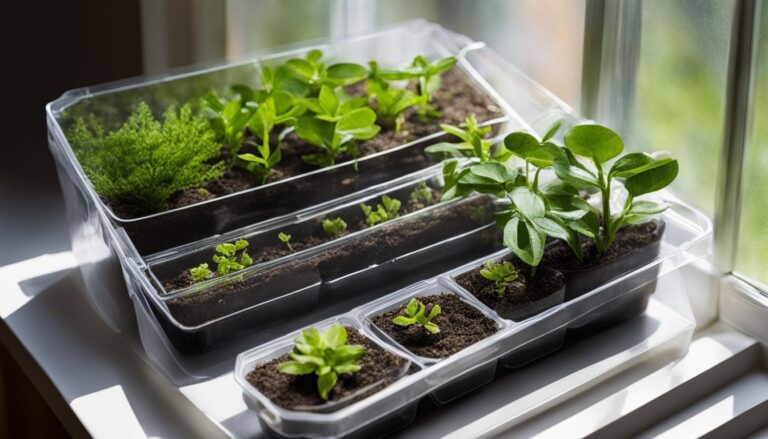
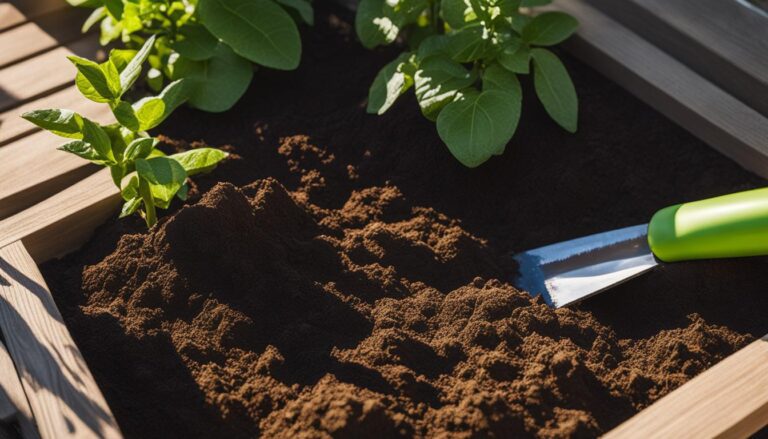
3 Comments
Comments are closed.